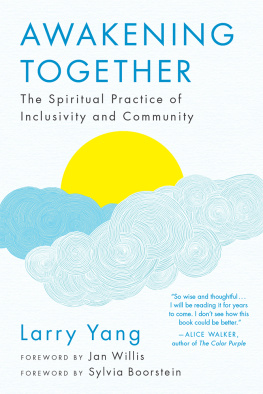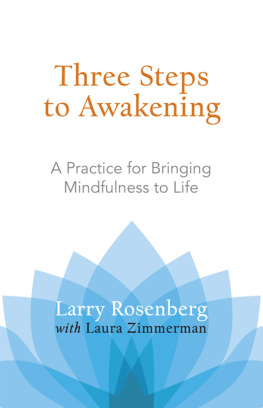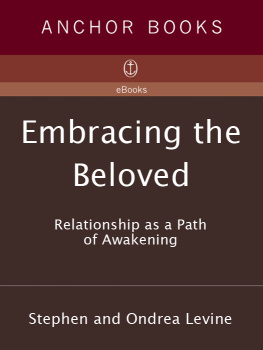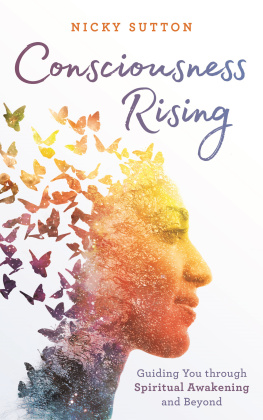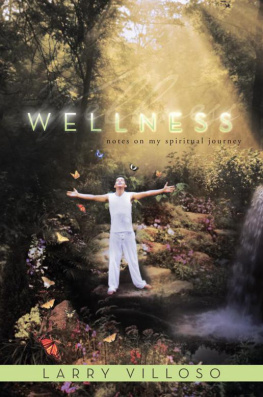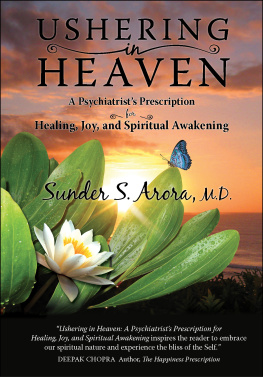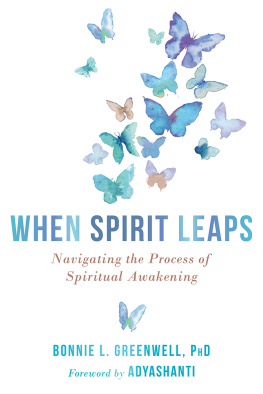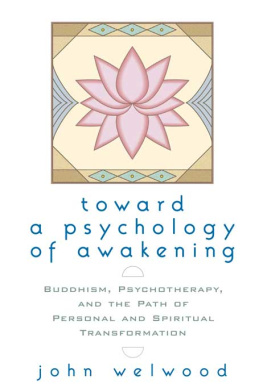About the Author
LARRY YANG, LCSW, MSW, MFA
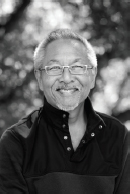
L ARRY YANG teaches meditation retreats nationally and has a special interest in creating access to the Dharma for diverse multicultural communities. Larry has practiced meditation for almost thirty years, with extensive time in Burma and Thailand and a six-month period of ordination as a Buddhist monk under the guidance of Ajahn Tong. Larry is on the Teachers Council of Spirit Rock Meditation Center and one of the core teachers of both East Bay Meditation Center (Oakland, California) and Insight Community of the Desert (Palm Springs, California). For seven years, he has been part of the coordinating teaching team developing future community meditation teachers in Spirit Rocks Community Dharma Leadership Program. He is on the core training team of Spirit Rocks current Dharma Teacher Training Program. Because of his work in diversifying and creating access to spiritual communities, he was honored by the public in being voted one of the Community Grand Marshals of the 2016 San Francisco LGBTIQ Pride Parade, whose theme that year was For Racial and Economic Justice.
Larrys article Directing the Mind towards Practices in Diversity was included in Friends on the Path: Living Spiritual Communities, by Thich Nhat Hanh. His essay Family Tree Practice addresses how meditation and contemplative practice have directly influenced his experiences with racism, heterosexism, and oppression; it is part of Will Yoga and Meditation Really Change My Life? edited by Stephen Cope. Larry is a coeditor of Making the Invisible Visible: Healing Racism in Our Buddhist Communities, a booklet developed for building inclusive communities within spiritual practice. He has contributed to the groundbreaking anthology Dharma, Color, and Culture, edited by Hilda Gutirrez Baldoqun a volume that provides a unique perspective from practitioners of color across the spectrum of Buddhist traditions.
In addition, Larry is trained as a psychotherapist and a consultant in cultural competency and organizational awareness giving workshops and presentations in mindfulness and diversity issues. Organizations for which he has provided training and consultation include Spirit Rock Meditation Center; Insight Meditation Society; Insight Community of the Desert; Insight LA; Insight San Diego; UCLA Mindful Awareness Research Center Certification in Mindfulness Facilitation Program; Mindfulness Institute Professional Teacher Training; San Francisco Zen Center; CompassPoint Nonprofit Services; Sutter County Department of Health Services; Yuba County Department of Health Services; SF HIV CARE Planning Council; San Francisco State University; California Pacific Medical Center; Youth and Family Services Solano County, California; University of California Davis; California Adult Protective Services; Chinatown Child Development Center; CIIS Center for Somatic Psychotherapy; Maitri Compassionate Care; Public School District 622 of St. Paul, Minnesota; Loyola Marymount University; and San Francisco General Hospital.
Acknowledgments
W HATEVER BENEFIT that I have been able to share with others in this lifetime has been due to the care and love and guidance from my parents. They have been and are my most profound teachers. I offer my deepest bows and most tender hugs to them as their son.
My endless love and appreciation go to my husband, Stephen Pickard, without whom I could not do what I do, and without whom I could not be completely who I am. I do not have enough gratitude in this world to offer my dearest friend, Gina Sharpe, for always unconditionally holding my back, and standing by my side, and embracing me in front. I have felt completely supported by the expertise of my editor, Josh Bartok, and the skills of all the staff at Wisdom, who have been indispensible in offering this material. My boundless thanks go to Brandi Auset, who transcribed over a dozen of my Dharma talks, which helped me to begin this long process of writing.
And I would like to express my deepest respect and humility toward my multiple communities Spirit Rock Meditation Center, East Bay Meditation Center, Insight Community of the Desert, and others with whom I have worked. I have grown, learned, and been transformed by the teachings of Dharma and Freedom; I received so much care and love; I have gotten so much joy and laughter; I have been offered generous support and kindness; and I have been repeatedly forgiven for my shortcomings. Thank you.
Appendix 1
Steps to Take Now
H ERE ARE some additional points and further reflections for existing Dharma communities to practice diversifying their communities and organizations. There are no easy answers or simple solutions. Perhaps that is the first point: be prepared for both the complexities and subtleties involved.
Do whatever it takes to allow, invite, and encourage ones culture and identity as a spiritual exploration worthy of the practices of deep insight and boundless compassion. Train teachers to teach the Dharma through this lens.
Humility. Humility. Humility. Value this value. It is a norm from the Dharmas cultures of origin. It is infused in the spirit of the teachings. How do we infuse it into our contemporary multiplicity of cultures particularly when it is not so highly valued in the West?
Develop your experience of spiritual practice and Dharma study together collectively as a community, rather than as isolated individuals. Take seriously and do not take for granted the third refuge of Sangha. Sangha might be listed third in the sequence not because it is less important that the first two but because it is the most difficult to manifest. Being in relationship with each other is an advanced practice.
As you turn mindfulness practice toward community, explore questions such as: How does an organization be aware collectively of their internal experience (norms, values, and procedures)? How do they become aware of the external needs of the community wanting to participate in the organization? How is the organization aware of the impact of their internal process on the external communities of practitioners?
Explore how your community (or communities) experiences the teachings through specific cultural perspectives, including those perspectives of the dominant culture whether that means white culture, patriarchal culture, abled culture, or heterosexual culture, among many other facets. Be conscious, aware, and mindful of those differing lenses and the impact on other cultural experiences. Turn mindfulness and sati toward cultural experience both dominant and nondominant.
Developing, building, creating, and nurturing a sense of diverse communities is a lot of hard work. Period. It takes more effort that you think possible. It takes more time than you might have. It takes more resources than you would like. What will support you and your community in this process for the long haul? How do you strengthen perseverance, stamina, effort, determination, and patience?
Creating a space that is safe enough to feel as if one belongs requires more than just the intention to do so and a few words from the community. It requires a set of actions, behaviors, and attitudes that support those intentions. It means creating a space that people will not just feel invited into but feel connected to and can fully participate in.
Do not assume that you are welcoming simply because you intend to be welcoming. Go into the community and get firsthand input from practitioners about what their needs are. Then demonstrate that you are working to fulfill those needs. Do not assume that you know what the community needs or that you know what is best for the community. Do not assume that your good intentions are enough. Listen deeply to your communities, and follow up that deep listening with authentic action.
Next page
